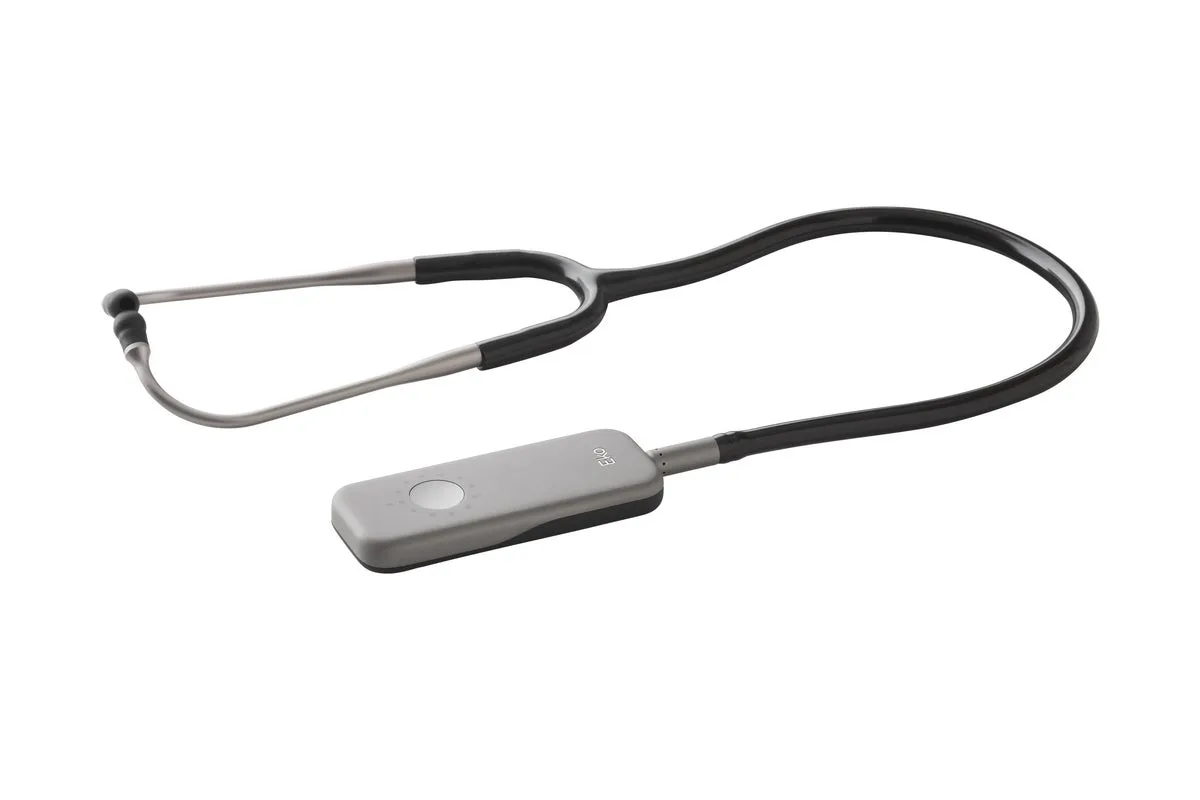High-fiber diet reduces the risk of death
The name sounds rather misleading: Dietary fiber is anything but “dietary fiber”. They not only ensure smooth digestion and healthy intestinal flora but also have positive effects on the cardiovascular system. They also reduce the risk of death.
A diet high in fiber not only reduces the risk of dying from cardiovascular disease or cancer but also lowers the risk of death overall. This is substantiated by recent meta-analyses of observational studies carried out by the German Nutrition Society. V. (DGE) for the revision of the reference values for dietary fiber intake. The current derivation thus confirms the previously applicable DGE guideline value for fiber of at least 30 grams per day for adults.
Most people eat too little fiber
According to data from NVS II (National Consumption Study II), the average fiber intake was 18 grams per day for women and 19 grams per day for men. “Unfortunately, most people still eat too little fiber,” explains Dr. Johanna Conrad, Head of the Science Department at the DGE, in a recent press release.
“With sufficient fluid intake, dietary fibers not only prevent constipation and ensure a long-lasting feeling of satiety. If you do without whole-grain products, the preventive effects with regard to the development of cardiovascular diseases and certain types of cancer remain unused.”
The DGE experts emphasize that fiber intake can easily be increased by adding more vegetables and fruit, especially legumes and nuts, as well as whole-grain products. With the choice of the whole-grain variant of grain products such as bread, pasta, rice, three daily portions of high-fiber vegetables, and two portions of fruit, the supply is secured.
“The benchmark can be achieved, for example, by having muesli for breakfast with oatmeal, flaxseed and pears, a soup with lentils, carrots, and potatoes for lunch, and dessert with rhubarb and almonds,” says Conrad.
Almost exclusively in plant foods
As the DGE explains, the indigestible food components are found almost exclusively in plant foods, mainly in the outer layers of the cereal grain, in legumes, vegetables, and fruit as well as nuts and seeds. Wholemeal cereals and products made from them, such as bread, pasta, and bran, have a high content of what are known as “dietary fibers”.
Cooked whole-grain pasta provides around five grams of fiber per 100 grams, while cooked white pasta made from durum wheat semolina only around two grams per 100 grams. Some vegetables and legumes such as salsify, artichokes, broad beans, soybeans, and chickpeas as well as nuts and seeds are also rich in fiber especially ground flaxseed with 22 grams of fiber per 100 grams. Sweet peppers, carrots, broccoli, rhubarb, porcini mushrooms, chanterelles, berries, and pears are also good sources of fiber.
positive effects
Dietary fiber has various positive effects on the body, especially on digestion. They influence the transit time of food in the stomach and intestines, the mass and consistency of the stool, the frequency of defecation and satiety. They alter nutrient absorption and have a prebiotic effect.
Increased fiber intake shows protective effects on cardiovascular diseases such as coronary heart disease and stroke as well as type 2 diabetes mellitus, obesity (obesity), total and LDL cholesterol concentration, hypertension (high blood pressure), colon cancer (colon cancer), and breast cancer.
Various natural fiber sources
According to the DGE, the evidence for the primary preventive benefit of a high fiber intake is based on studies whose results refer to a mixture of different natural fiber sources.
Therefore, dietary fiber should come from whole grain products, vegetables, and fruit, as well as from legumes and nuts. While whole grains provide mostly insoluble fiber like cellulose and lignin, vegetables, fruits, and legumes are good sources of soluble fiber like pectin.
Whole grain products with a high proportion of whole grains, such as whole-grain rye bread, have a lower glycemic index than products made from ground grains, which means they are less likely to raise blood sugar. Whole grain products made from oats and barley have a lower glycemic index than comparable whole wheat products.
Anyone who chooses whole grain products with whole grains or oats or whole-grain barley products combines the primary preventive potential of fiber, whole grain, and a low glycemic index.
Increase fiber intake slowly
People who are not used to high fiber intake should increase the amount slowly at first. Because in large quantities, they can lead to short-term symptoms such as flatulence, pain in the gastrointestinal tract, or unwanted changes in the stool.
If you are not used to legumes, it is better to start cautiously with peeled yellow and red lentils or with sprouted legumes. These are easier to digest. The individually tolerated amount also differs from person to person.
Because dietary fiber binds water, you should ensure that you drink enough fluids, especially in larger quantities. About 1.5 liters of water or other calorie-free drinks such as unsweetened tea are ideal.




